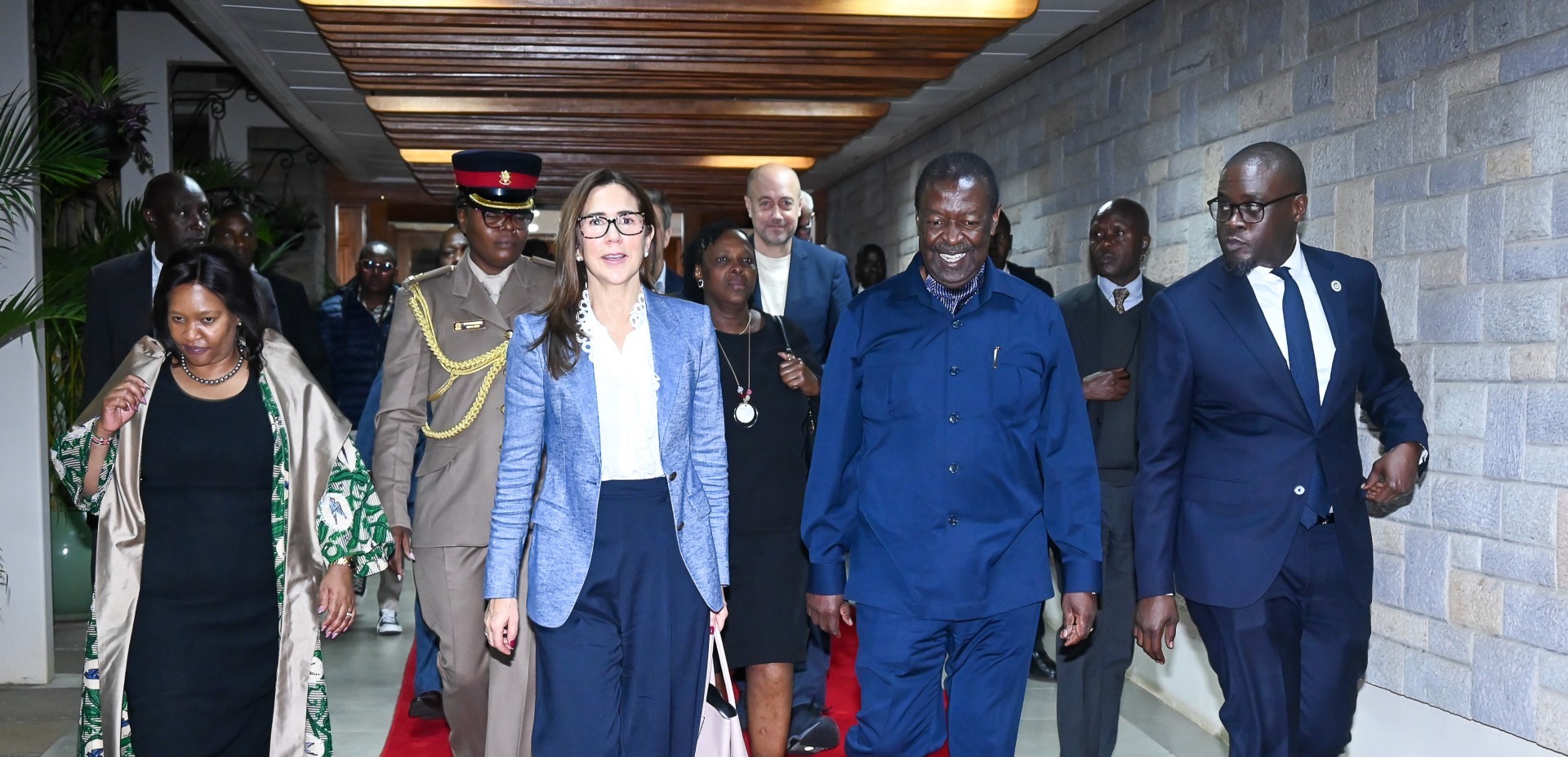- The initiative mainly focuses on meteorological, hydrological, and climate-related hazards, tree growing, both afforestation and reforestation, plays a critical complementary role in enhancing the effectiveness and impact of early warning systems.
Kenya has officially launched the Early Warnings for All initiative, a bold step toward protecting lives and livelihoods from disasters. The event was held at Radisson Blu Hotel in Nairobi under the tagline "Building Resilient Kenyan Communities."
This follows a three-day national workshop by the Cabinet Secretary for Environment, Climate Change and Forestry Deborah Barasa and the Principal Secretary (PS) for Environment Festus Ng’eno to co-develop an implementation roadmap tailored to Kenya’s risk profile.
The Early Warnings for All initiative launched with support from international organizations like the World Bank and the United Nations Children's Fund (UNICEF), aims to help communities in Kenya especially those in drought-prone and flood-affected areas better prepare for extreme weather events.
These events, often exacerbated by climate change, include floods, droughts, and storms, which have become more frequent and intense in recent years.
The initiative draws from a sophisticated array of data sources, from weather satellites to meteorological stations, and delivers real-time alerts about impending climate hazards.
Read More
Its goal is to help local farmers, herders, and communities prepare, adapt, and respond in time to protect their lives and livelihoods.
The initiative works by gathering climate data from various national and global sources, including the Kenya Meteorological Department, and creating localized forecasts tailored to specific regions.
Using modern mobile technology, these forecasts are sent directly to community leaders, farmers, and herders via SMS alerts or local radio broadcasts.
According to PS Ng’eno, “The initiative mainly focuses on meteorological, hydrological, and climate-related hazards, tree growing, both afforestation and reforestation, plays a critical complementary role in enhancing the effectiveness and impact of early warning systems.”






